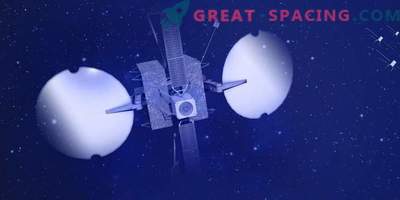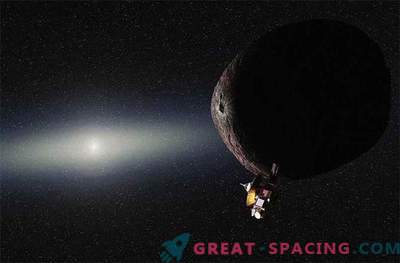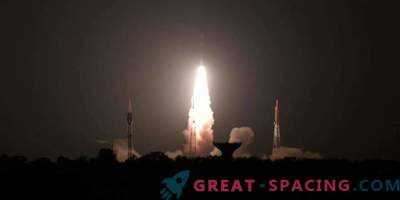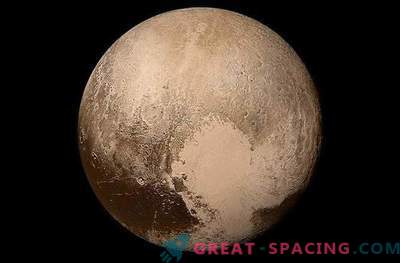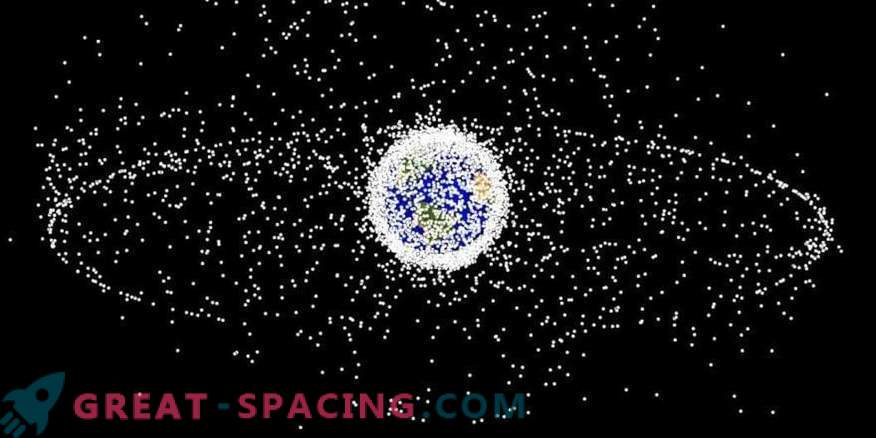
On August 26, a Minotaur rocket flew over Cape Canaveral (Florida), carrying the satellite created by the MIT Lincoln Laboratory. The ORS-5 SensorSat spacecraft launched a 3-year mission to continuously scan the geosynchronous belt located at an altitude of 36,000 km. Any information from the satellite will help the US track the movements of other spacecraft and space debris.
In the first months of being in orbit, the ORS-5 SensorSat was fully tested, opened the optical system cover and received the first images of objects in the geosynchronous belt. Quality shows that the satellite uses a high-performance optical system.
The 226-pound apparatus is inferior in terms of the parameters of the current American satellites monitoring the activity in the geosynchronous belt. Because of the compactness, the SensorSat turned out to be a cheaper and faster option for manufacturing. The mission will last 10 years and more.
This is a simple design, but with a higher sensitivity. Also here is the concept of functioning. SensorSat has a fixed optical system that examines every part of the belt in the current field of view. Every day, the satellite flies around the planet about 14 times, providing fresh views on activity in the geosynchronous belt.
The introduction of such fast-manufactured and cheap satellites could push the US to launch new vehicles more often. It took 3 years to create and test the SensorSat. Assembly, implementation and testing were carried out at the Lincoln Laboratory premises.
The most important step was to check in the thermal vacuum chamber. The satellite is specially immersed in extreme space conditions in order to test its functionality.
Two months before launch (July 7), the device was sent to Florida to install on a rocket. A team from the Lincoln Laboratory completed the final stages of the assembly and prepared a satellite with software downloads.
The ORS-5 SensorSat now rotates around our planet and collects valuable information for its mission.
